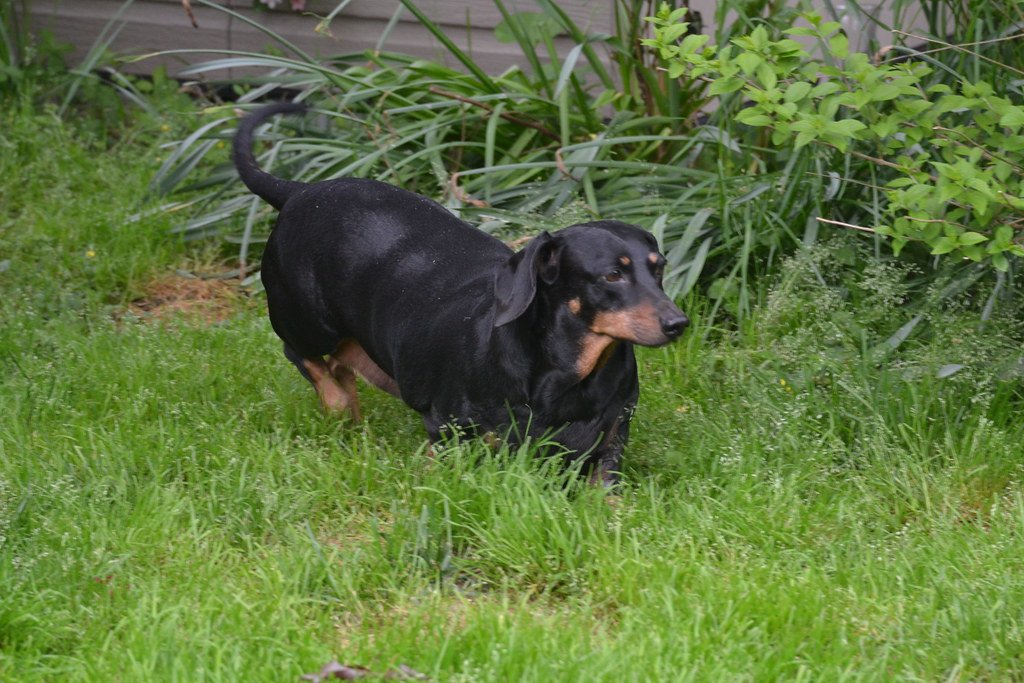Small but mighty? You bet! Some pint-sized pups pack a surprisingly big attitude, and while they may look like cuddly lap dogs, breeds like Chihuahuas and Dachshunds can have strong territorial instincts and a fearless streak. These little dynamos often bark more, nip quicker, and act tougher than their size suggests. It’s not about being “bad” dogs—they’re often reacting out of fear, overprotection, or lack of proper training. The good news? With early socialization, consistent boundaries, and positive reinforcement, these spirited small breeds can become well-mannered companions. Don’t let their size fool you—big personality comes in small packages!
Chihuahua: Tiny Body, Towering Temper
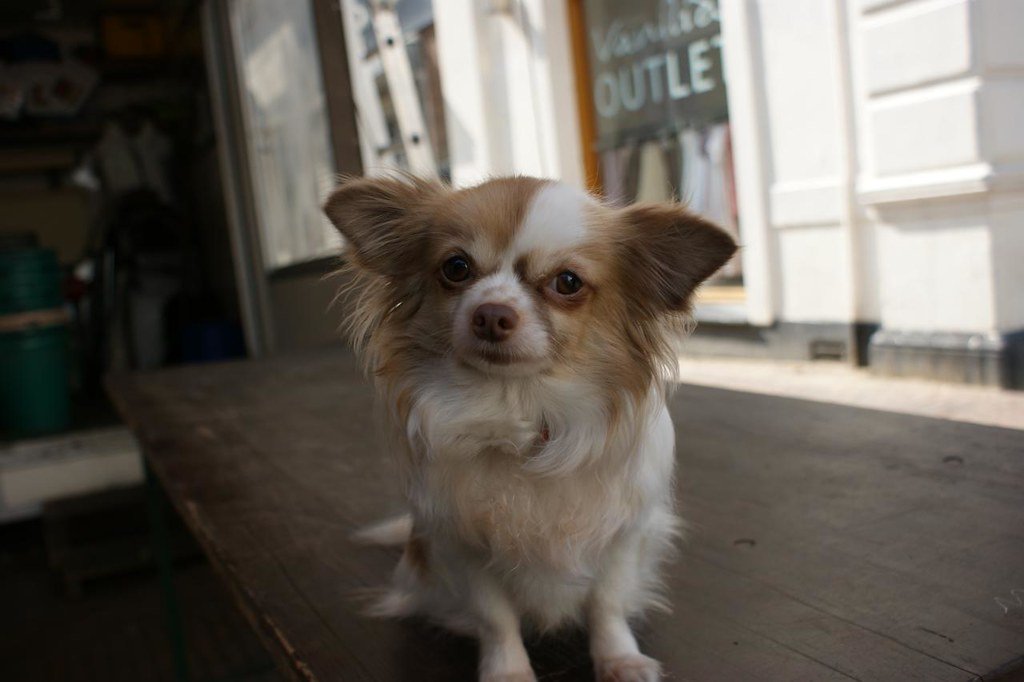
Chihuahuas might look delicate with their apple-sized heads and trembling bodies, but don’t be fooled—these tiny dynamos are notorious for their bossy and sometimes even combative behavior. Despite weighing only a few pounds, Chihuahuas often act like they rule the roost, barking at strangers, lunging at bigger dogs, and fiercely guarding their owners. Many people find their confidence both amusing and shocking, given their small size.
The aggression in Chihuahuas often stems from fearfulness and a desire to protect themselves or their favorite person. Because they’re so little, they sometimes feel threatened easily and respond with outsized bravado. Socializing them early and teaching them gentle boundaries can help, but their big personalities are often here to stay. It’s a classic case of “small dog, big attitude.”
Dachshund: The Little Hunter With a Big Bark

Dachshunds are famous for their long bodies and short legs, but they’re also known in dog circles for being surprisingly aggressive—especially toward strangers and unfamiliar animals. Originally bred to hunt badgers, these little dogs have a fierce, independent streak and a strong prey drive that can make them quick to snap or bark.
Their aggression often shows up as territorial behavior. Dachshunds may bark incessantly at new people or animals near their home, and some may even nip if they feel threatened. Early socialization and consistent training are crucial for helping a Dachshund feel secure and less reactive. As lovable as they are with their families, these sausage-shaped dogs often act like they’re ten times their actual size when it comes to guarding their territory.
Jack Russell Terrier: Energy and Aggression Combined
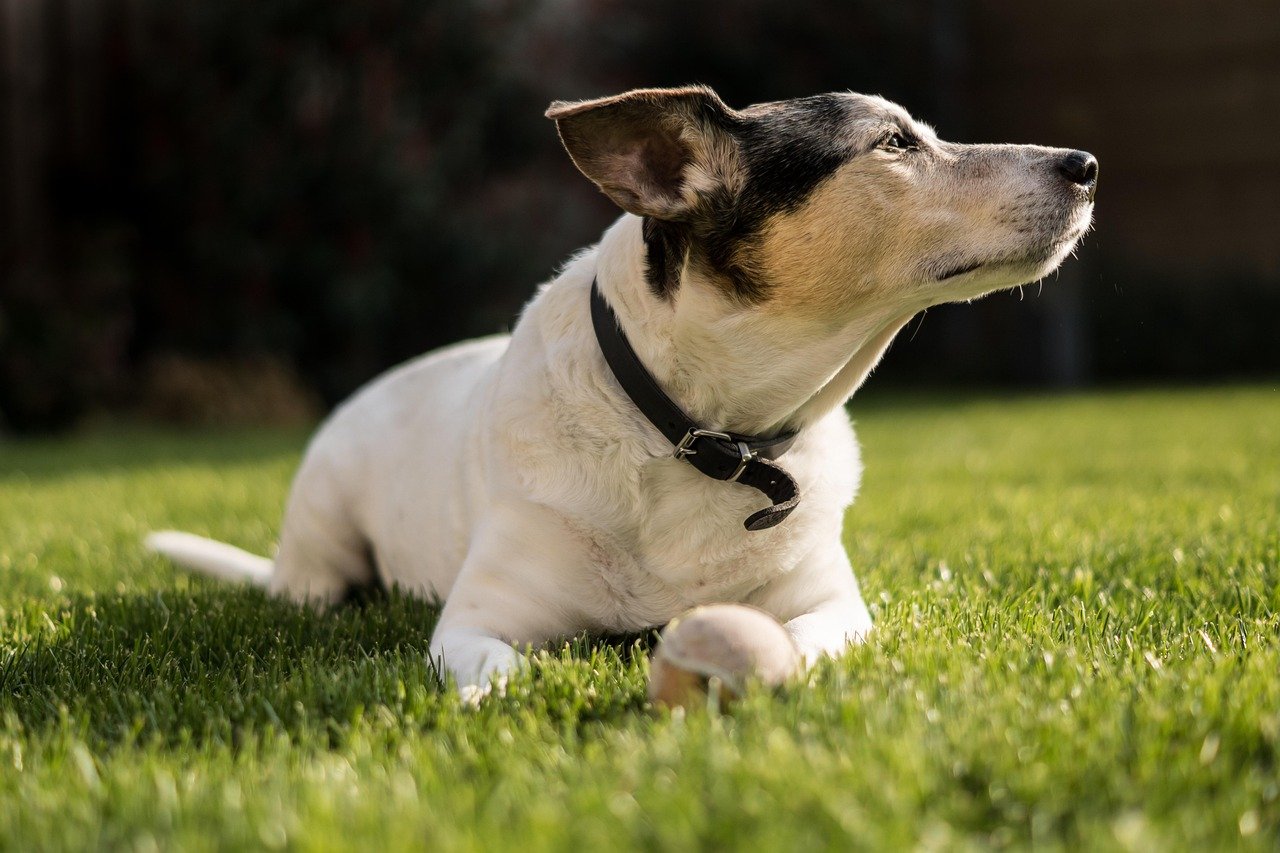
If you’ve ever met a Jack Russell Terrier, you know they’re like little rockets—packed with energy and always on alert. This breed was developed for fox hunting, so they’re naturally quick, feisty, and not afraid to use their teeth if they feel challenged. Jack Russells often show aggression toward other dogs, especially those they don’t know, and can be surprisingly stubborn with people.
Their boundless energy sometimes turns into frustration if they’re not kept busy, which can lead to nipping, barking, or even biting. They require strong leadership and lots of stimulation to keep them happy. Owners often say their Jack Russell acts like a dog twice its size, ready to defend its turf at a moment’s notice. Their aggression isn’t always mean-spirited—it’s just part of their bold, fearless personality.
Pekingese: Regal Looks, Royal Rage
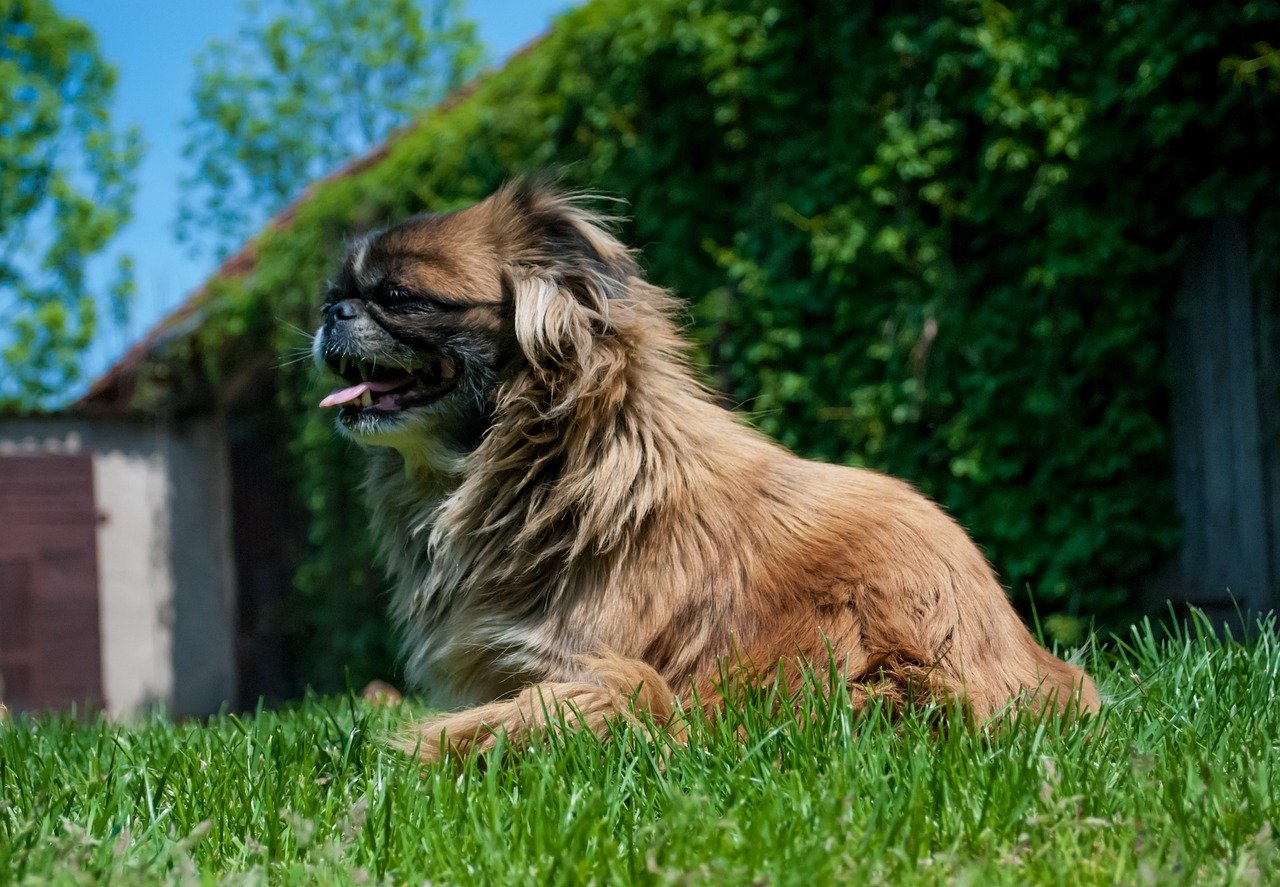
With their flowing manes and dignified posture, Pekingese dogs look like tiny royalty. But beneath that calm appearance is a bold, sometimes stubborn spirit that can turn aggressive when provoked. Originally bred as companions to Chinese emperors, Pekingese are fiercely loyal and protective, sometimes to the point of being possessive.
This breed often displays aggression when it feels its owner is threatened or when strangers invade its space. They’re not afraid to snap or growl if they feel cornered. Training a Pekingese requires patience and a gentle touch, but even the best-trained Pekingese can have moments of surprising fierceness. Their aggression is often described as “selective,” focused mainly on those they perceive as a threat.
Papillon: Butterfly Ears, Bold Attitude
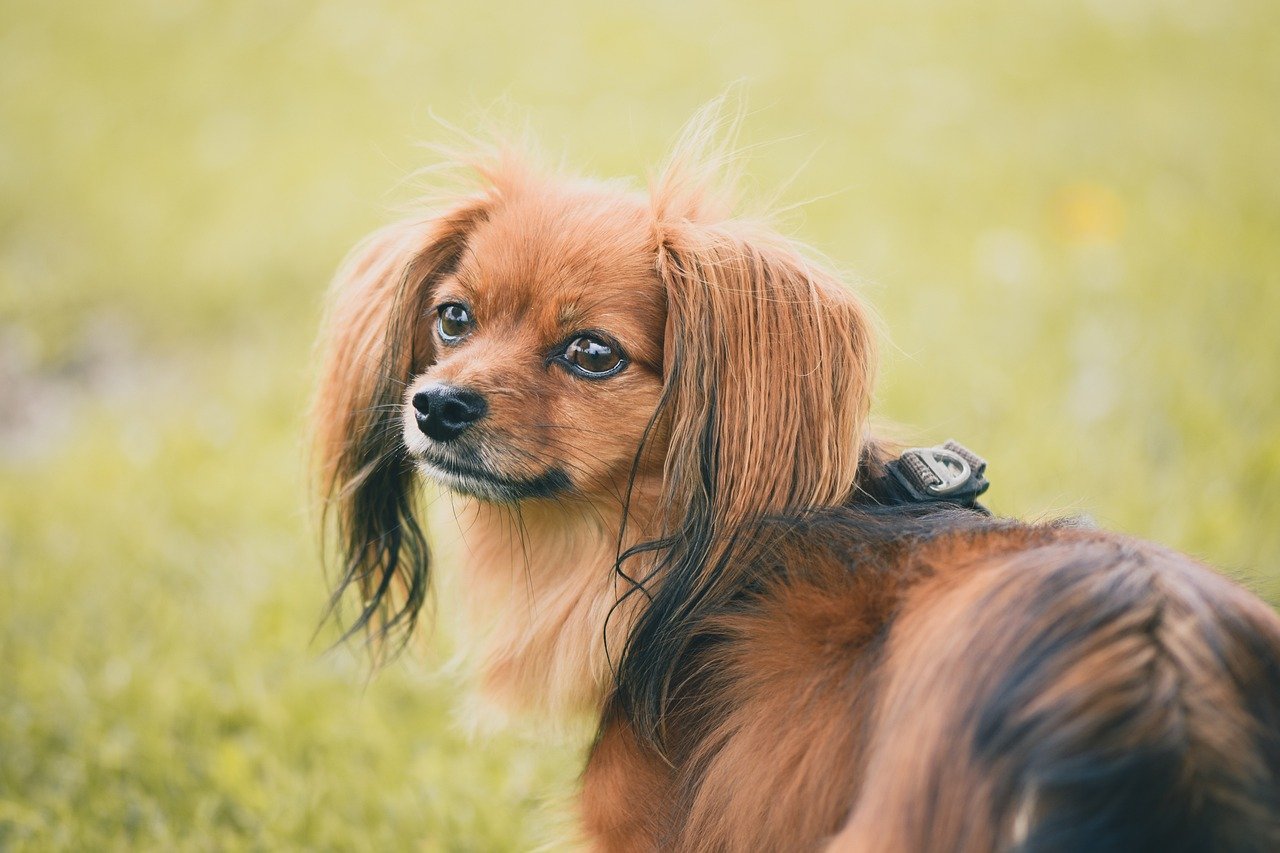
Papillons are known for their beautiful, butterfly-like ears and lively personalities. But don’t let their delicate appearance fool you—this breed can be quite assertive, even bordering on aggressive at times. Papillons are highly intelligent and can be very territorial, especially when it comes to their home or favorite people.
They’re quick to bark at strangers or unfamiliar animals, and some Papillons may even nip if they feel cornered. Their aggression often comes from their alertness and desire to protect their space. With proper socialization, Papillons can become more relaxed, but their boldness is always part of their charm. If you’re looking for a lap dog that won’t back down from a challenge, the Papillon fits the bill.
Miniature Pinscher: The “King of Toys” With a Fearless Streak
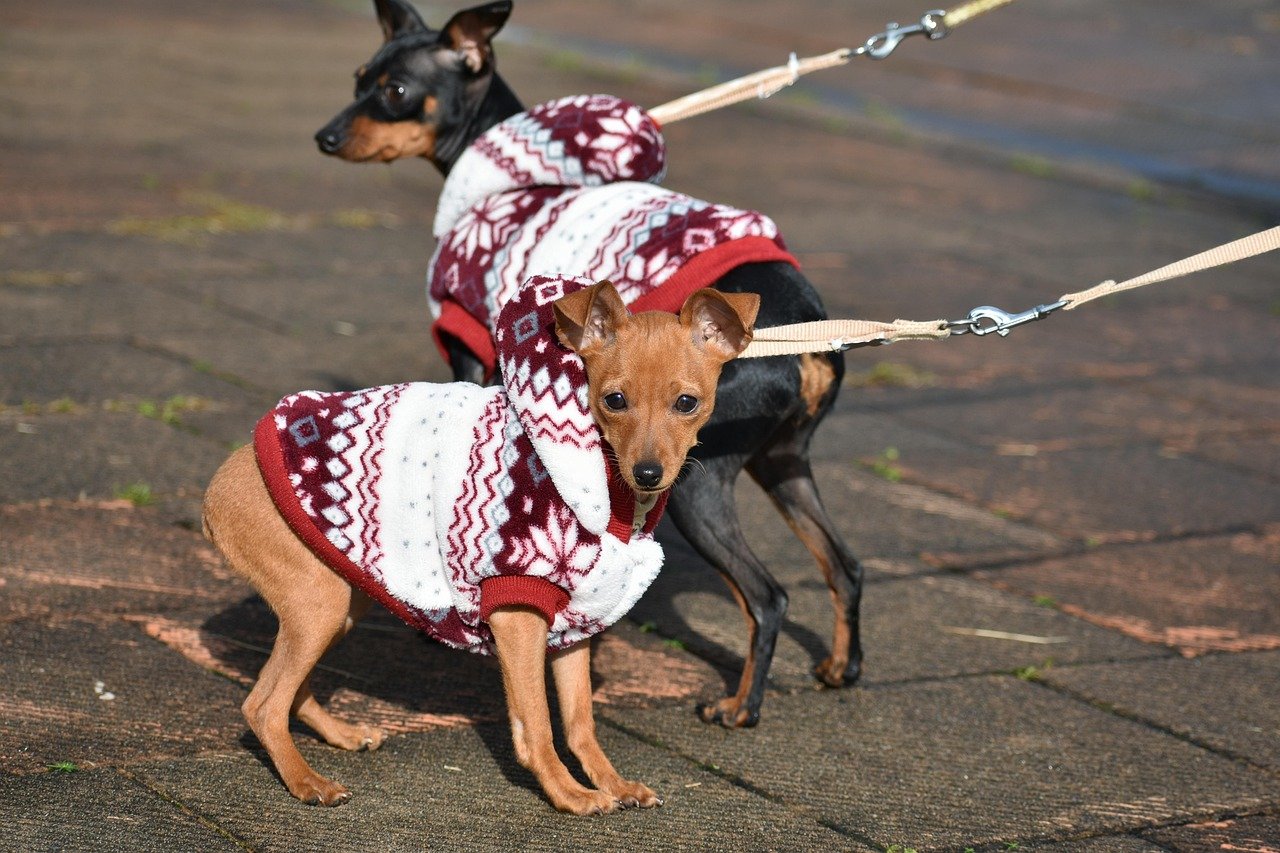
The Miniature Pinscher, often called the “King of Toys,” carries itself with swagger and confidence. This breed is notorious for its fearless nature, which can sometimes lead to aggressive outbursts. Despite their small size, Min Pins have a reputation for being territorial and quick to challenge bigger dogs or strangers.
Their aggression tends to manifest as barking, lunging, and sometimes nipping—especially if they feel their home or owner is being threatened. Training a Miniature Pinscher requires consistency and firm boundaries, as their independent streak can make them a handful. It’s easy to see why many owners describe their Min Pin as a “big dog in a little body,” always ready to stand its ground.
Scottish Terrier: Little Dog, Big Bite
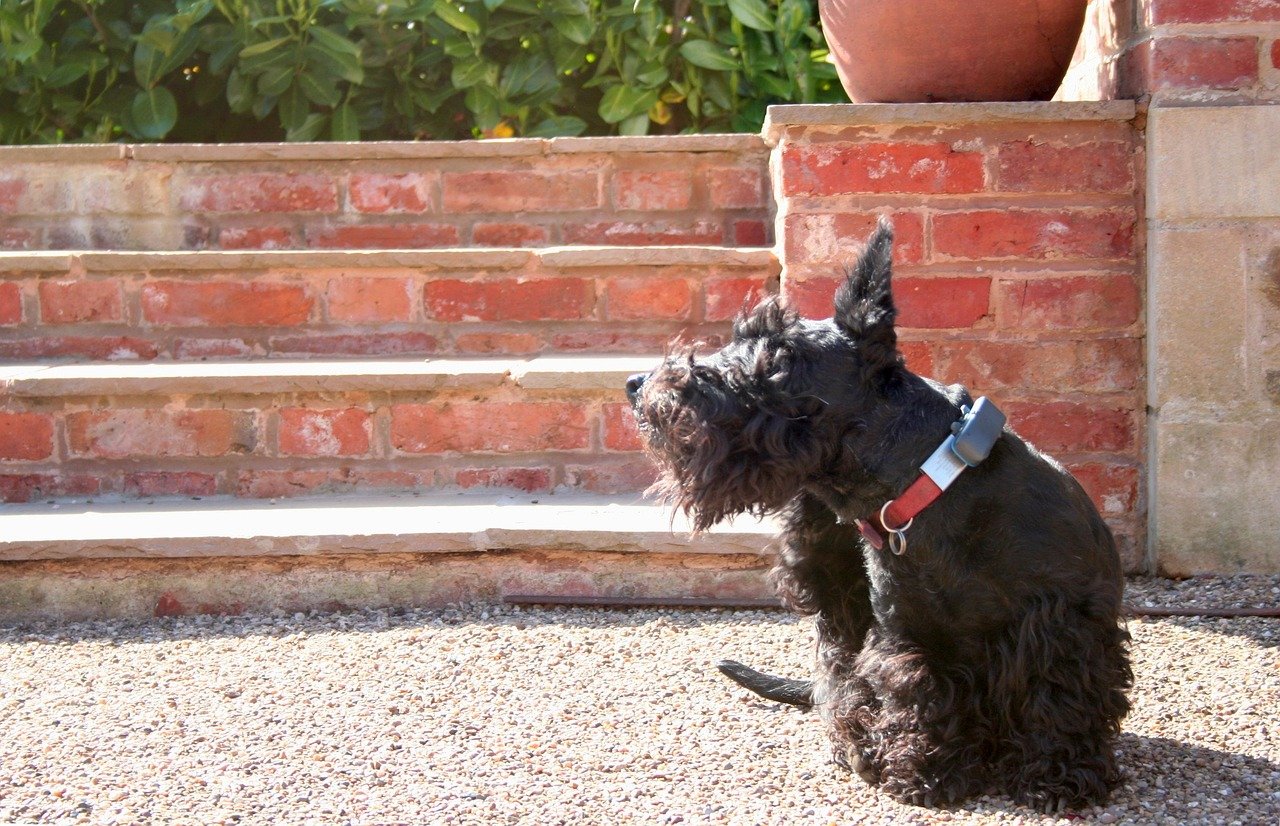
Scottish Terriers, or “Scotties,” are beloved for their distinctive beards and dignified presence. But these little dogs have a reputation for being tough, sometimes bordering on aggressive. Scotties were bred to hunt vermin, which gives them a determined, sometimes stubborn personality.
Aggression in Scottish Terriers often shows up as wariness toward strangers and a tendency to bark or snap when they feel threatened. They may not always get along with other dogs, especially those of the same sex. Owners who understand their Scottie’s need for respect and clear boundaries often find these dogs fiercely loyal and protective. Still, their strong-willed nature means they can sometimes surprise people with their boldness.
Pomeranian: Fluffy, Fierce, and Fearless
Pomeranians look like little balls of fluff, but their personalities are anything but soft. These tiny dogs are known for their lively, sometimes feisty attitudes. Pomeranians can be territorial and quick to bark at anything they find suspicious, from a passing car to a new visitor at the door.
Their aggression often arises from their desire to protect their territory and their humans. While they’re rarely dangerous due to their small size, a Pomeranian’s bark can be surprisingly fierce. Proper training and early socialization are key to helping these dogs feel secure and less reactive. Even so, many Pomeranian owners will tell you that their little dog is always ready to “defend the castle.”
Shih Tzu: Sweet Looks, Surprising Stubbornness
Shih Tzus are often described as sweet, affectionate companions, but they also have a stubborn side that can sometimes turn aggressive. These dogs were bred as companion animals for Chinese royalty, and they often act like they know it—expecting respect and attention at all times.
Aggression in Shih Tzus usually shows up as snapping or growling when they feel threatened or annoyed, particularly by young children or other pets. They may also become possessive over food or toys. Training and socialization from a young age can help curb these tendencies, but Shih Tzus are known for standing their ground. Their combination of cuteness and attitude makes them both lovable and a bit of a handful.
Cocker Spaniel: Adorable but Occasionally Aggressive

Cocker Spaniels are famous for their soft, wavy ears and big, soulful eyes. But beneath that charming exterior, some Cocker Spaniels can be surprisingly aggressive, particularly if they feel threatened or are startled. This breed can develop “Cocker Rage,” a rare but serious form of sudden aggression that can come without warning.
Aggressive behavior in Cocker Spaniels often comes from fear, nervousness, or possessiveness. They may snap or growl if their space is invaded or if they feel cornered. Gentle, consistent training and plenty of positive experiences can help reduce their anxiety and aggressive tendencies. Still, it’s important for owners to understand that even the sweetest-looking dog can have a tough side.
So, while these tiny dogs might look like they belong in a purse or on a pillow, some come with a surprisingly fierce personality! That doesn’t mean they aren’t great companions—it just means they need the same training, attention, and boundaries as any big dog. With the right care and socialization, even the feistiest small pup can become a loving and well-behaved buddy. It’s all about understanding their needs and guiding them with patience and love.

